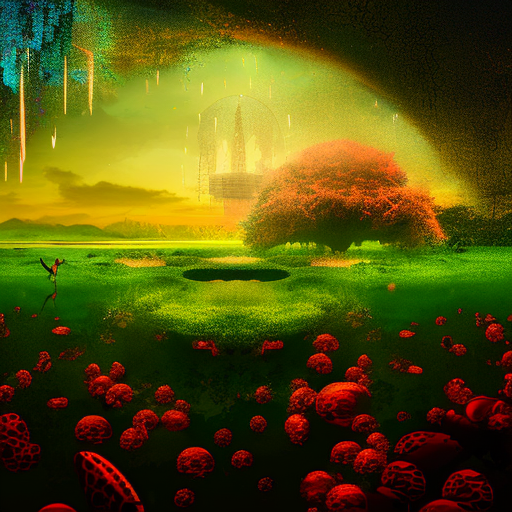Summary:
In “The Age of Miracles” by Karen Thompson Walker, the world is faced with a catastrophic event when the Earth’s rotation begins to slow down, causing a series of devastating consequences. Through the eyes of Julia, an eleven-year-old girl, we witness the unraveling of society, the strain on relationships, and the resilience of the human spirit in the face of an uncertain future.
The Slowing:
The book begins with the shocking revelation that the Earth’s rotation has begun to slow down. Days and nights become longer, throwing the natural order of the world into chaos. As the days stretch to 26, 30, and eventually 60 hours, the effects on the environment and society become increasingly dire. Crops fail, birds fall from the sky, and gravity itself is affected. The phenomenon, known as “The Slowing,” forces humanity to confront its own mortality and adapt to a new reality.
A Changing World:
As the Earth’s rotation slows, the world as Julia knows it begins to crumble. School schedules are adjusted, sleep patterns are disrupted, and the concept of time loses its meaning. Amidst this upheaval, Julia grapples with the challenges of adolescence, navigating friendships, first love, and the strained relationship with her parents. The slowing becomes a metaphor for the inevitable changes and uncertainties that come with growing up.
The Fragility of Relationships:
“The Age of Miracles” explores the impact of The Slowing on personal relationships. Julia’s parents struggle to maintain a sense of normalcy, her father retreating into denial while her mother becomes increasingly anxious. Friendships are tested as people cope with the stress and uncertainty in different ways. Julia herself experiences the pain of lost connections and the bittersweetness of new beginnings. The slowing serves as a catalyst for introspection and forces characters to confront their deepest fears and desires.
- The fragility of human existence and the resilience of the human spirit.
- The importance of adaptability and acceptance in the face of uncontrollable circumstances.
- The complex nature of relationships and the impact of external events on personal connections.
- The fleeting nature of time and the significance of cherishing each moment.
- The power of hope and finding beauty in the midst of chaos.
“We were the last generation to know the world before it ended.”
In “The Age of Miracles,” Karen Thompson Walker presents a thought-provoking and poignant exploration of how humanity copes with a world in crisis. Through the eyes of a young girl, we witness the unraveling of society and the resilience of the human spirit. As the Earth’s rotation slows, the characters grapple with the fragility of existence, the strain on relationships, and the search for meaning in an uncertain future. Ultimately, the novel reminds us of the importance of cherishing each moment and finding hope even in the darkest of times.












